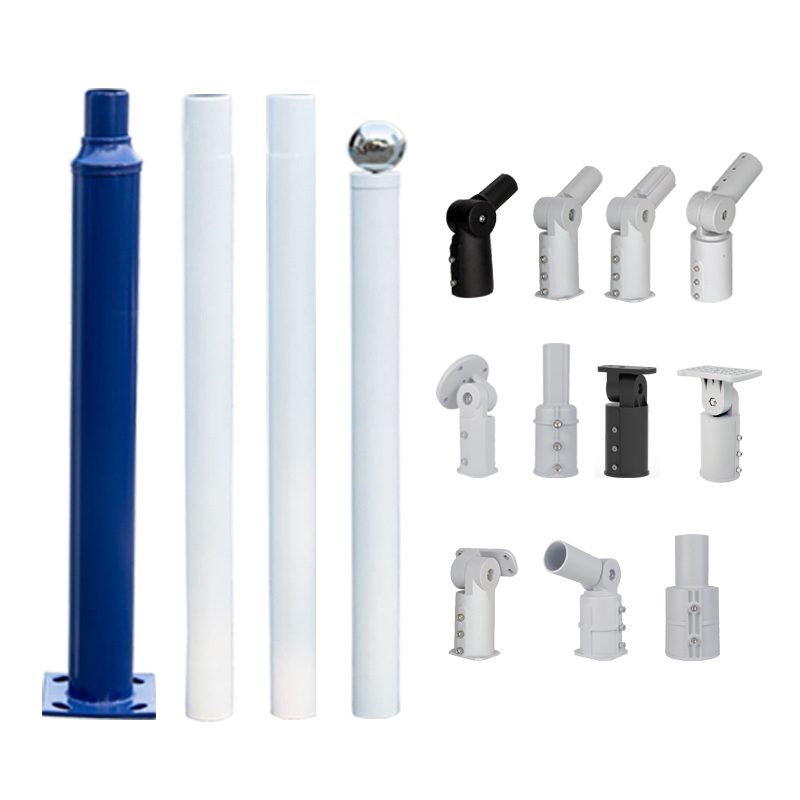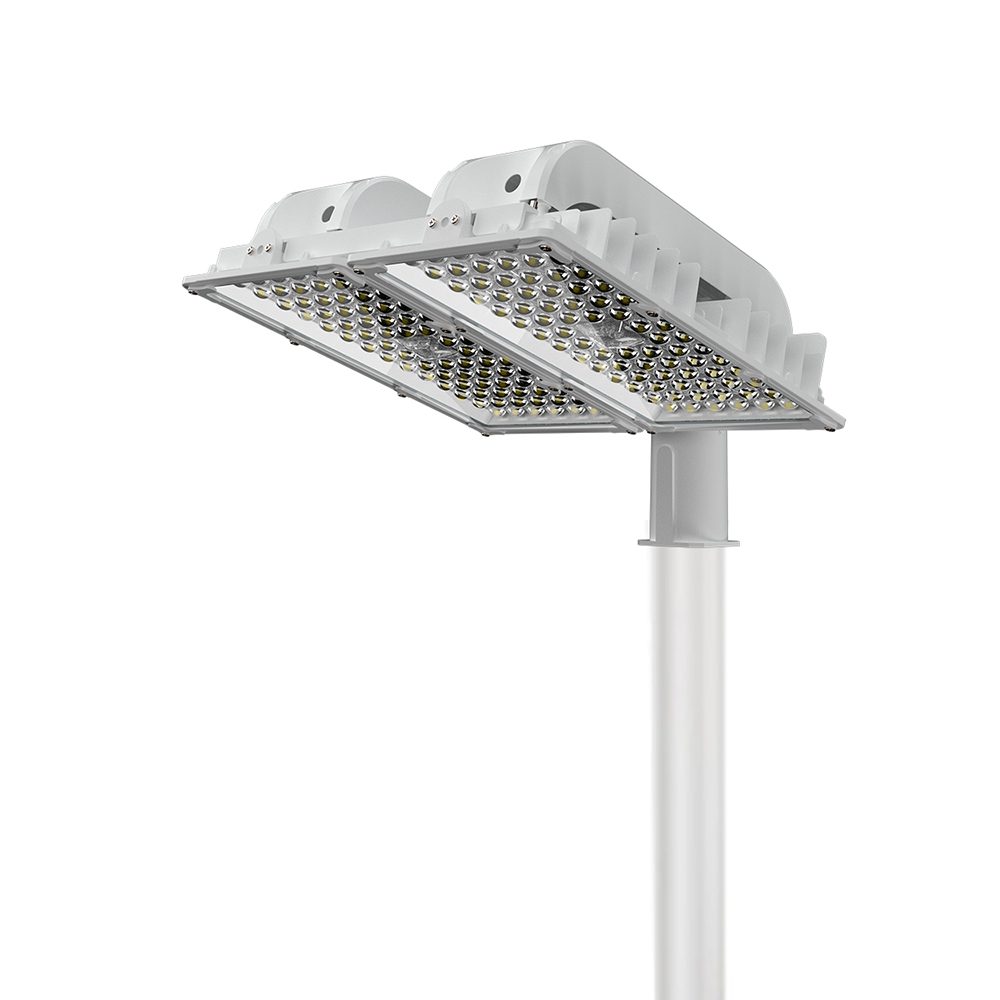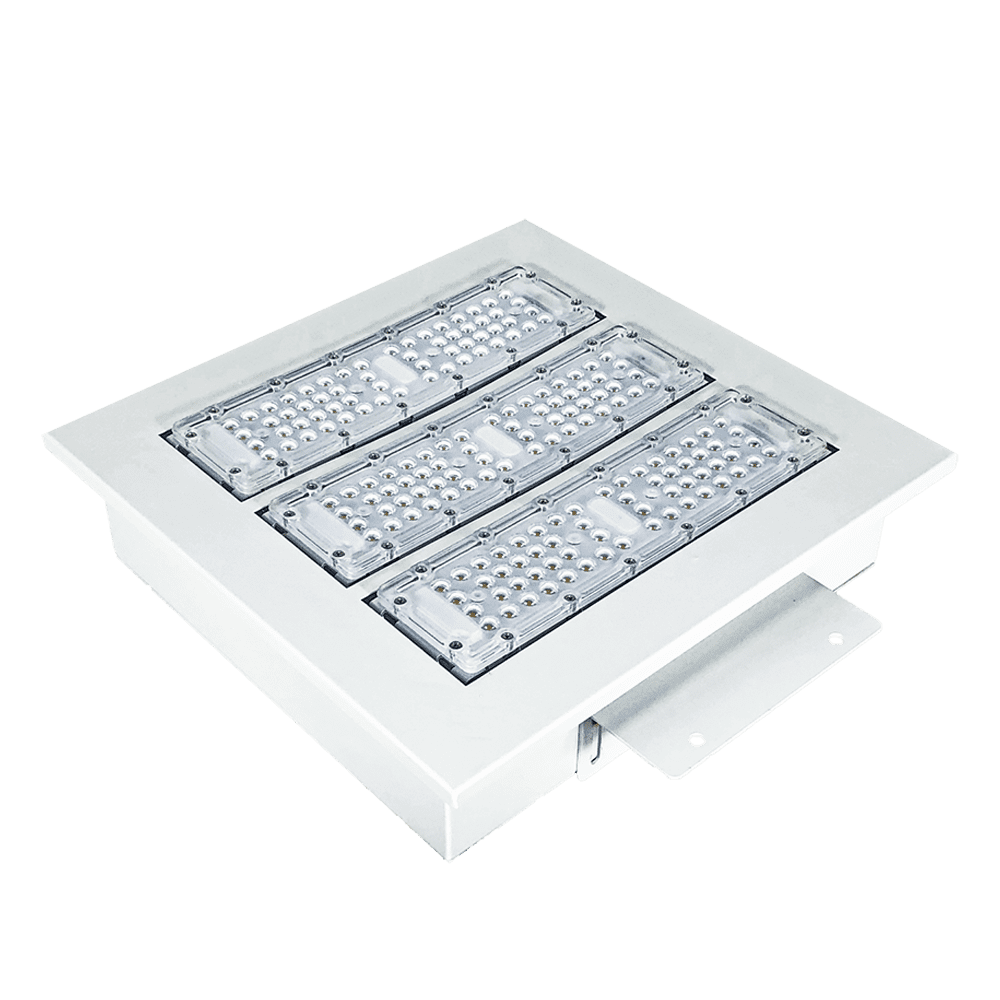The size of the stadium is one of the first factors in choosing the height of the stadium light pole.
Larger stadiums often require taller light poles to provide sufficient lighting intensity to ensure that the playing field is evenly lit and bright. For example, the International Football Federation (FIFA) stipulates that football stadiums at the World Cup level should have lighting fixtures with pole heights between 18 and 40 meters.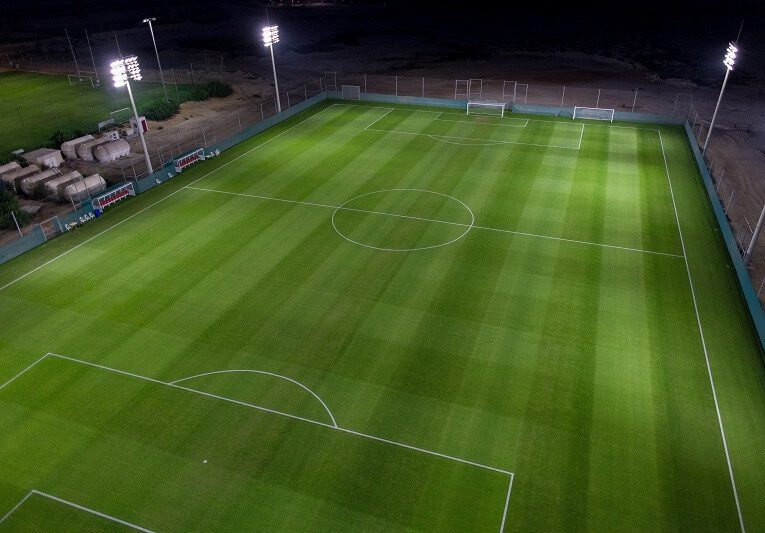
Reference factor 2: light distribution and lighting angle
The distribution of lights and the angle of illumination in different areas of the stadium will also have an impact on the choice of pole height. For example, the central area of a football field often requires taller light poles to provide even, wide light coverage; In the sideline area, a lower light pole can be selected to avoid blind spots.
Reference factor 3: environmental requirements and energy-saving considerations
The environment in which the stadium is located and the local climatic conditions should also be taken into account. For example, in coastal areas, the height of the light pole may need to be increased appropriately due to the reflection effect of the sea area; For cold areas, the choice of light poles also needs to consider frost resistance. Energy efficiency is also an important factor, and a lower pole height reduces energy losses and lowers operating costs.
In conclusion, choosing the right stadium light pole height requires a combination of factors. Different stadiums face different requirements, and scientific and reasonable selection of light pole height can improve the lighting effect of the competition or event venue, and bring a better visual experience to the audience and participants.
The significance and application of the specifications and parameters of street lamp poles
As an important part of road lighting facilities, the selection of specifications and parameters of street lamp poles is directly related to the quality and effect of road lighting.
Parameter 1: The height of the light pole
The height of the light pole is one of the most basic elements in the specifications of the street lamp pole. The height of the pole is chosen based on factors such as the width of the road, vehicle speed, traffic flow, and the surrounding environment. Typically, wider roads require taller light poles to ensure full coverage of the lighting range; High-speed roads, on the other hand, require higher light poles to provide adequate light intensity.
Parameter 2: Material and strength
Street light poles are usually made of steel or aluminum alloy, where steel is stronger and suitable for use on large roads. In order to ensure the stability and durability of the light pole, its basic requirement is to be able to resist bad weather and external shocks. And for coastal areas, corrosion protection also needs to be considered.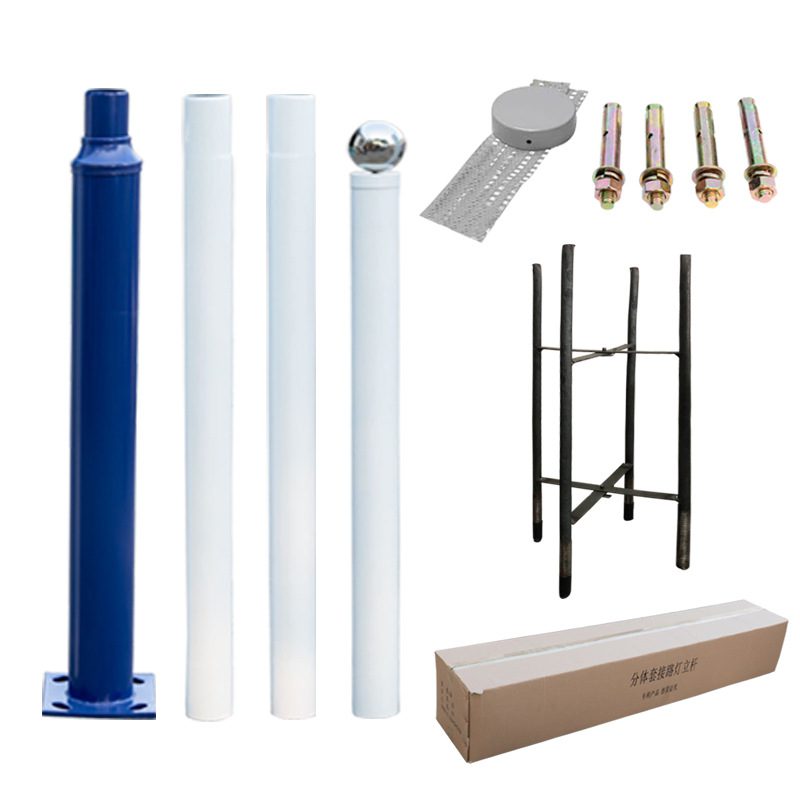
Parameter 3: Installation method
There are two main installation methods of street lamp poles: buried type and pole type. Buried light poles are often used on both sides of the road to save space and improve aesthetics; Pole poles are suitable for places that require higher poles, such as central barriers or plazas.
To sum up, choosing the right street light pole specification parameters is an important step to ensure the quality of road lighting. Reasonable height, material and installation of light poles can provide good lighting effect, and provide safety and convenience for driving and pedestrians.

